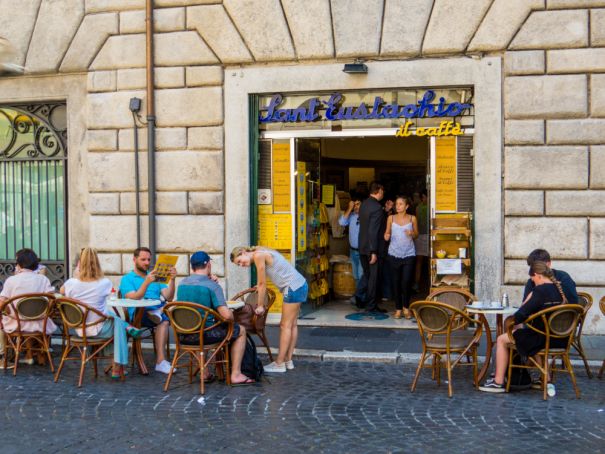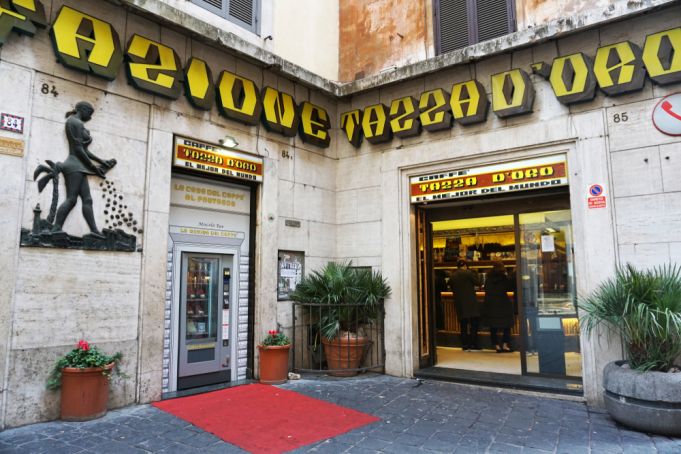Where to find Rome's landmark coffee bars.
Italy is known for its rich coffee culture and traditions centred around the simple pleasure of enjoying an espresso or cappuccino at the bar.
Coffee is deeply entwined in the fabric of Italian society and no more so than in the Eternal City whose historic coffee houses are landmarks for locals and places of pilgrimage for coffee-loving tourists.
To mark International Coffee Day, here is a quick guide to some of the most iconic coffee bars in Rome.
Antico Caffè Greco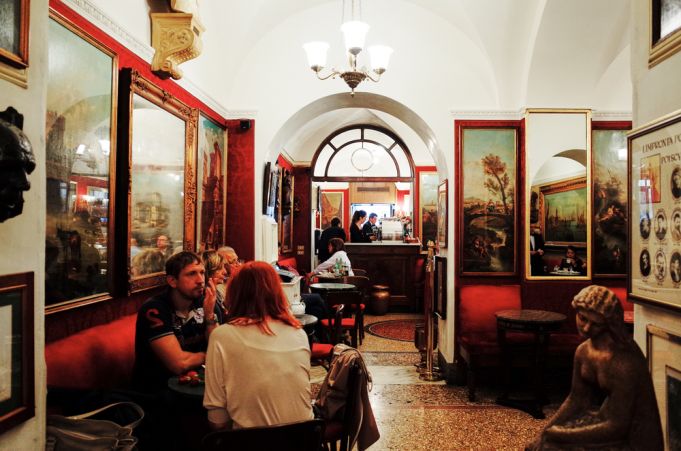
Antico Caffè Greco, a stone's throw from the Spanish Steps, has been serving customers since 1760. It is the oldest coffee bar in Rome and the second-oldest in Italy, after the Caffè Florian which opened in Venice in 1720. Over the centuries this elegant coffee house has hosted illustrious characters such as Lord Byron, Buffalo Bill, Casanova, Goethe, Henry James, Keats, Shelley, Mark Twain and Wagner. Hundreds of paintings and vintage photographs adorn the walls of the bar whose gilt mirrors, red velvet and grand piano help it to retain its otherworldly atmosphere. Antico Caffè Greco, Via Condotti 86, website. Photo: Julie Mayfeng / Shutterstock.com.
La Casa del Caffè Tazza d'Oro
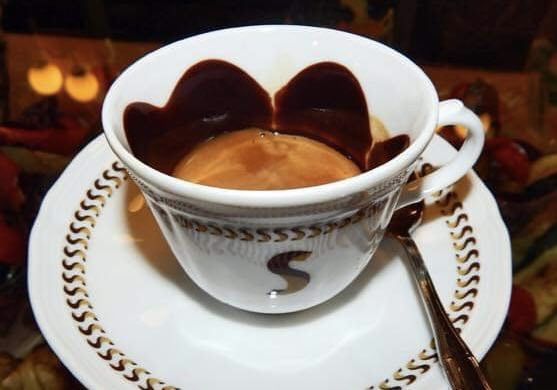
A little corner of Sicily in the Italian capital, Sciascia Caffè has been serving its customers "the best coffee in Rome" since 1919. Located in the upmarket Prati neighbourhood, Sciascia is renowned for its home-roast coffee beans whose rich aroma fills the old-school venue. Some of its most popular coffees include caffè al cioccolato and granita di caffè. Among its many awards, Sciascia Caffè was voted Best Bar in Italy by restaurant guide Gambero Rosso in 2006. Sciascia Caffè, Via Fabio Massimo 80, website.
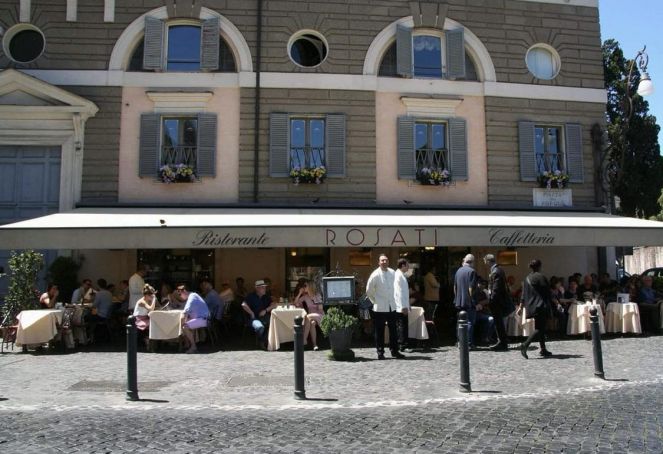
Since its opening in 1922, Bar Rosati has been frequented by noted artists, actors, movie directors and politicians. Over the decades the bar in Piazza del Popolo has enjoyed regulars such as Pier Paolo Pasolini, Italo Calvino and Federico Fellini, who lived on nearby Via Margutta. Today the bar is still frequented by celebrities as well as tourists who like to people-watch over coffee and cocktails. Bar Rosati, Piazza del Popolo 4-5, website.

This enchanting venue near the Spanish Steps is as much a museum as it is a coffee bar. Once the studio of the celebrated Neoclassical sculptor Antonio Canova, and later his prize apprentice Adamo Tadolini, visitors to Caffé Canova Tadolini can enjoy a coffee surrounded by sculptures and casts by both artists. From 1818 to 1967, the building served as a studio to four generations of Tadolini sculptors, before being transformed into a café-restaurant for art enthusiasts in 2003. Caffé Canova Tadolini, Via del Babuino 150/A, website.

Although the emphasis here is on tea, there is no shortage of coffee blends in this Victorian-era English tea rooms which first opened in 1893. Located at the foot of the Spanish Steps, Babingtons was established by Isabel Cargill and Anne Marie Babington to cater to English-speaking visitors and residents in the capital. Today it is both a Roman institution and a tourist attraction, retaining its Victorian traditions of high tea, scones and light lunch in elegant surroundings. Babingtons, Piazza di Spagna 23, website. Photo: REPORT / Shutterstock.com.



